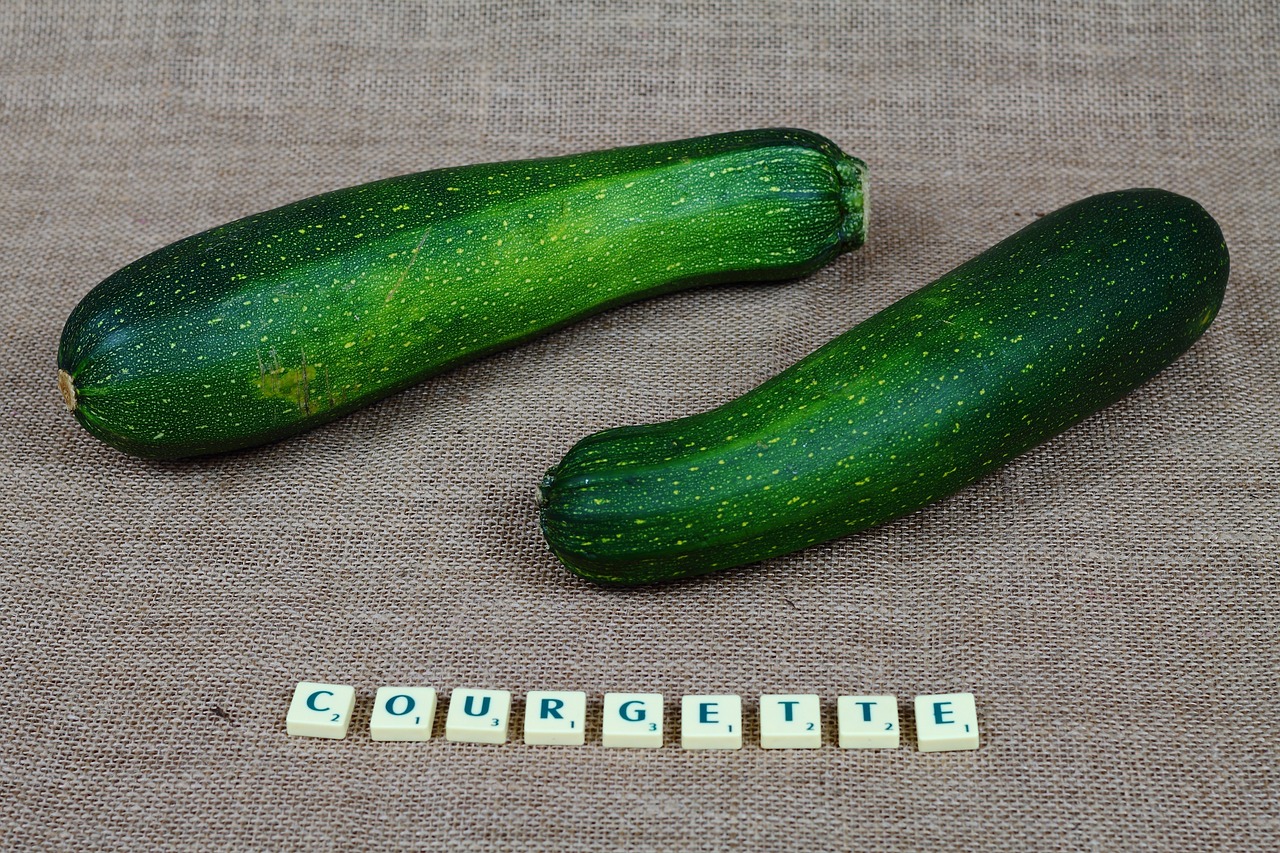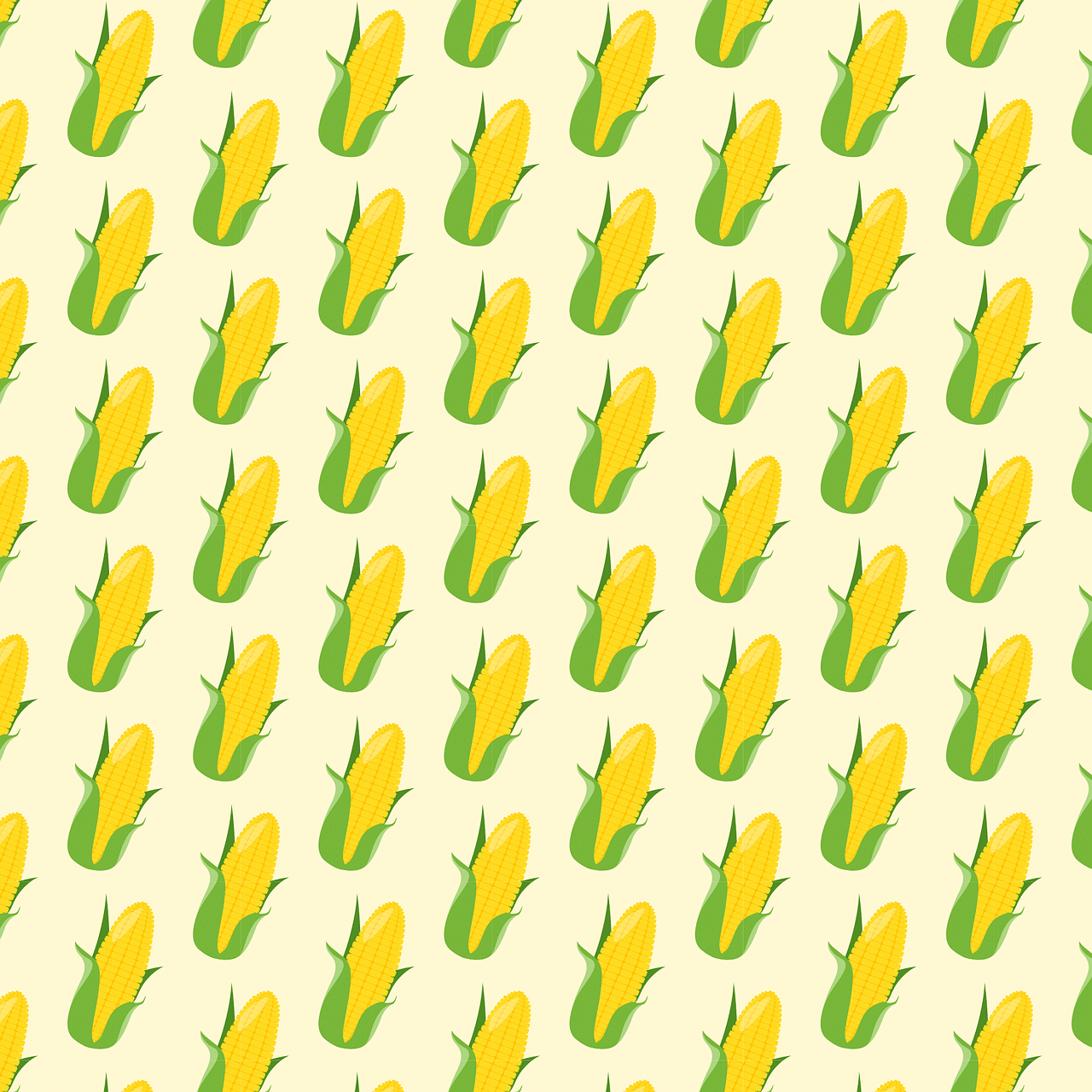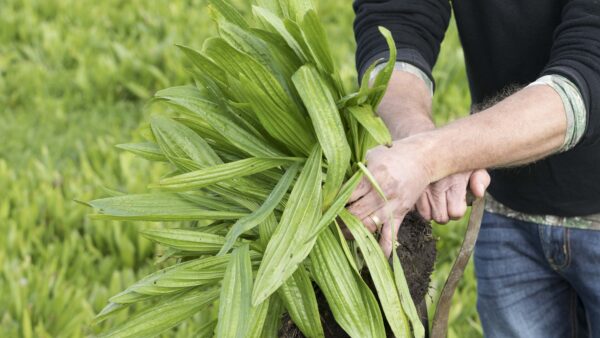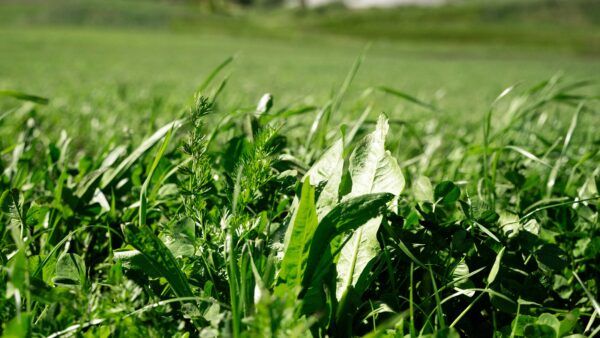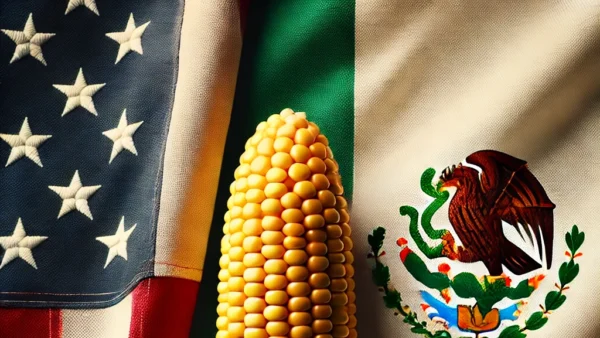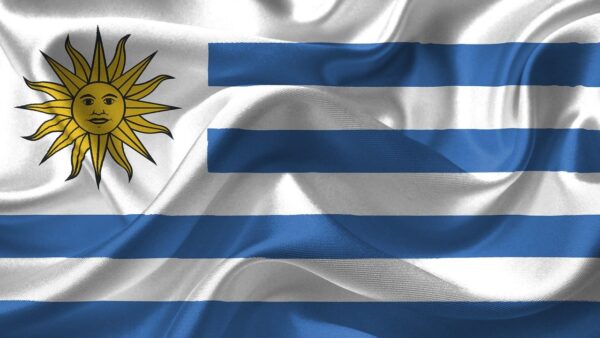Courgettes are a type of summer squash. They are versatile, nutritious, and popular in many cuisines. Let’s dive into some fascinating fun facts about this green vegetable.
Appreciated Under Many Names
Courgettes and Zucchinis are the same: In the UK, Ireland, New Zealand, South Africa, Netherlands, and many other countries, they are called courgettes, while in Canada, U.S., Australia, and Germany they are known as zucchinis. Both terms refer to the same vegetable. The word “courgette” comes from the French word for “small squash,” while “zucchini” is derived from the Italian word for “small gourd.”
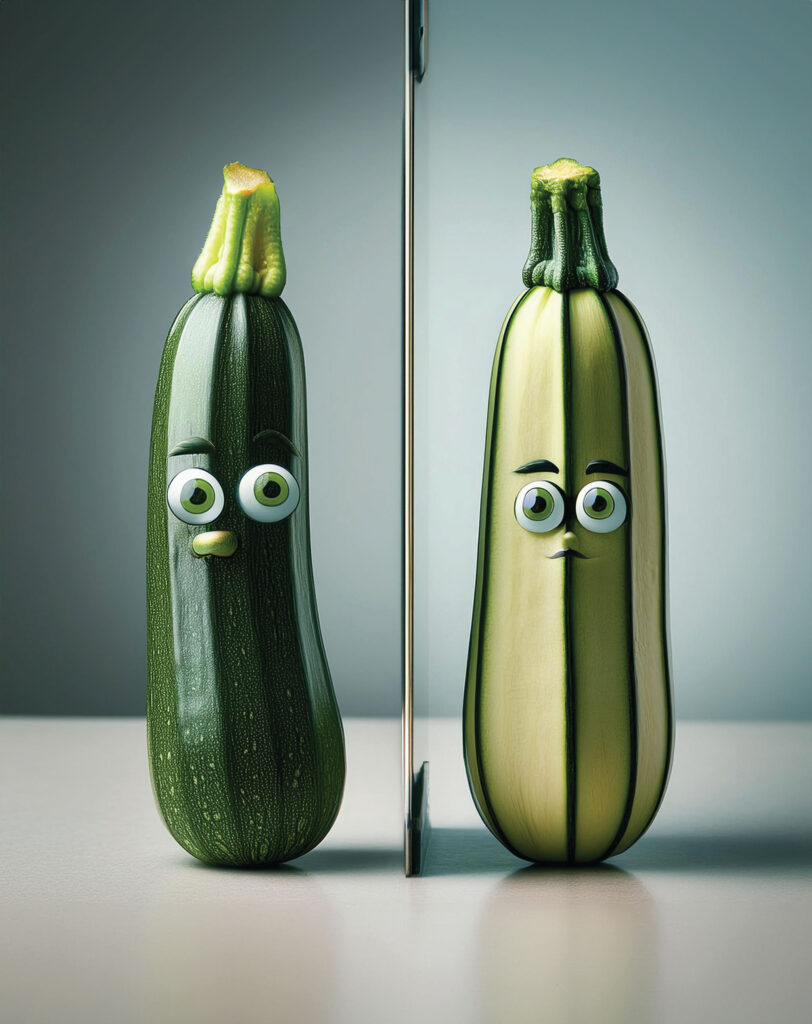
Origin
Courgettes are believed to have originated in Central and South America, where they were cultivated by Indigenous peoples. The varieties that we know today descend from squashes first domesticated in Mesoamerica over 7,000 years ago. They were then introduced to Europe in the 16th Century, when European explorers brought courgettes back from the Americas, where they quickly became popular. The modern-day zucchini types were developed in Italy in the late 19th century.

World’s Largest Courgette
According to the Guinness Book of Records, the longest courgette measured 2.52 m (8 ft 3.3 in) and was achieved by Giovanni Batista Scozzafava in Niagara Falls, Ontario, Canada, as measured on 28 August 2014. Mr. Scozzafava stated that he used no fertilizer or manure, just gave the plant plenty of water. The record for the heaviest was a courgette grown by Bernard Lavery of Llanharry, Rhondda Cynon Taff, UK in 1990 which weighed in at 29.25 kg (64 lb 8 oz).
Growing Courgettes
Growing courgettes in your garden can be rewarding. They are relatively easy to cultivate and can produce a bountiful harvest. They are fast growers: courgettes grow quickly, often ready to harvest within 50-60 days of planting. But beware, they need plenty of sunlight. Courgettes thrive in full sunlight, requiring at least 6-8 hours of direct sun each day. And make sure the plants get regular watering. Consistent watering is crucial for healthy courgette plants, especially during dry spells.
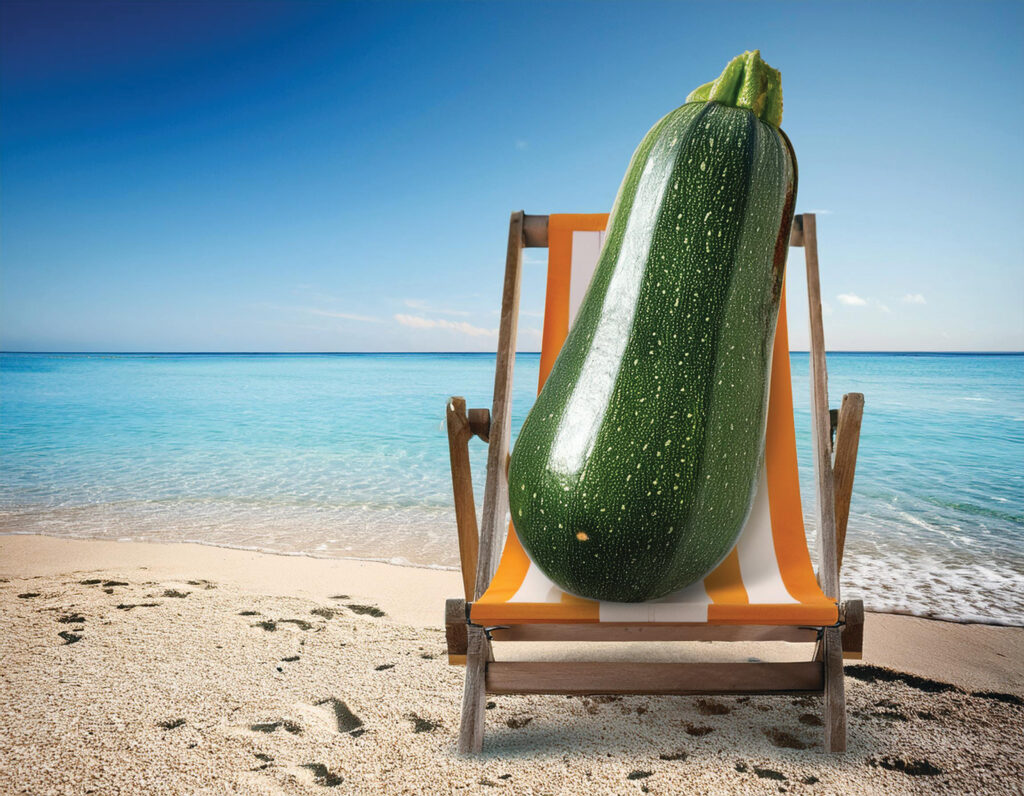
Global Production
The largest producer of courgette is China, contributing significantly to the global zucchini supply. Other countries like Ukraine, Russia, and the United States also play substantial roles in zucchini production. These figures highlight the widespread cultivation and importance of zucchini in various agricultural economies.
The top exporting countries are Spain, Mexico, Türkiye, The Netherlands, United States, Italy, and the top importing countries are United States, France, Germany, UK, The Netherlands, and Canada.
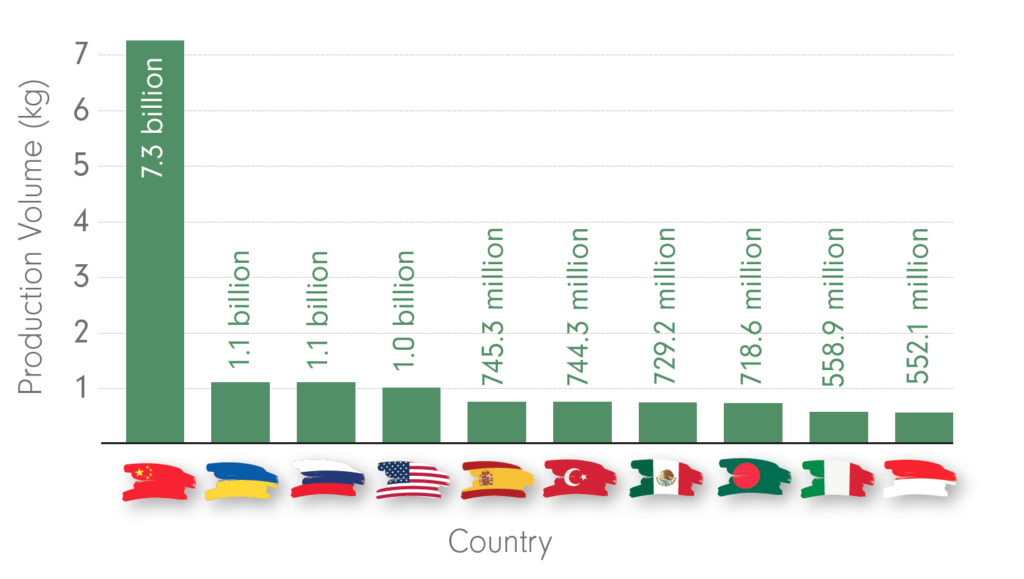
Production per Hectare
The yield of zucchini per hectare varies depending on factors such as the variety, agricultural practices, soil quality, and climate. In terms of a global average, the typical yield of zucchini ranges between 20 to 50 tons per hectare under standard agricultural practices. On high-performance farms, with well-managed and intensive farming systems (e.g., using drip irrigation, improved hybrid seeds, and proper fertilization), yields can exceed 60 to 80 tons per hectare. But nothing can top production in controlled environments (e.g. greenhouses) which often yield the highest production, reaching up to 100 tons per hectare in optimal conditions. Factors like disease management, pest control, and efficient harvesting methods also contribute significantly to achieving these yields.
Edible Flowers
If you are brave enough, the flower of the zucchini plant is also edible. The blossoms may be stuffed, battered and fried, or made into soups, frittatas or quesadillas. The flowers have a subtle flavour, reminiscent of young zucchinis, and can be eaten raw. The flowers are used in many countries, such as Italy, Spain, Greece, Türkiye, and Mexico. In Mexico, the flower is preferred over the zucchini
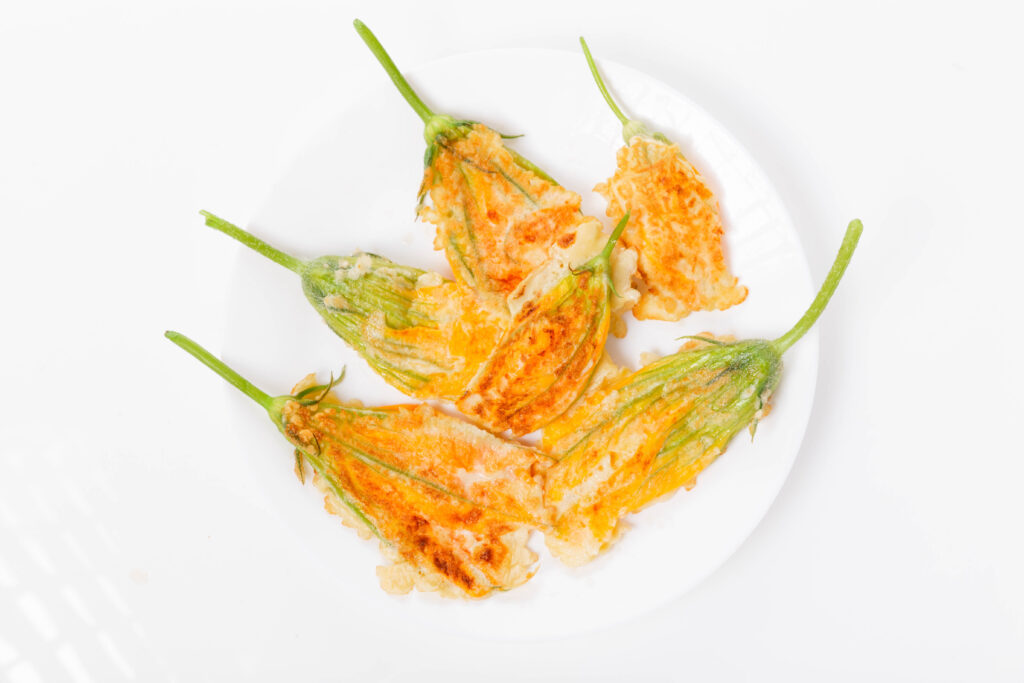
Does Size Matter?
The smaller to medium sized zucchinis have the best flavour — not the biggest. The larger courgettes have bigger seeds and less flavour, but they are good when stuffed or when grated for baked goods.
A Multitasker
Courgettes are incredibly versatile in the kitchen and can be used in a variety of dishes and is appreciated in various cuisines around the world, from savoury to sweet. They can be eaten raw: courgettes can be sliced thin and added to salads or eaten as a crunchy snack. They are popular in baking: they can be grated and used in baking, such as in zucchini bread or muffins, adding moisture and nutrients. In France and Italy, courgettes are often used in dishes like ratatouille and pasta primavera. Courgettes are a staple in Middle Eastern cooking, used in dishes like stuffed courgettes and stews. In Asian cuisine, courgettes are commonly stir-fried or added to soups and curries. And they are great for grilling: courgettes can be sliced and grilled, making a delicious side dish or addition to a barbecue. And then there are zucchini noodles (also known as “zoodles“). These are long thin strips of zucchini that resemble pasta noodles. They are the perfect gluten-free, zucchini pasta.
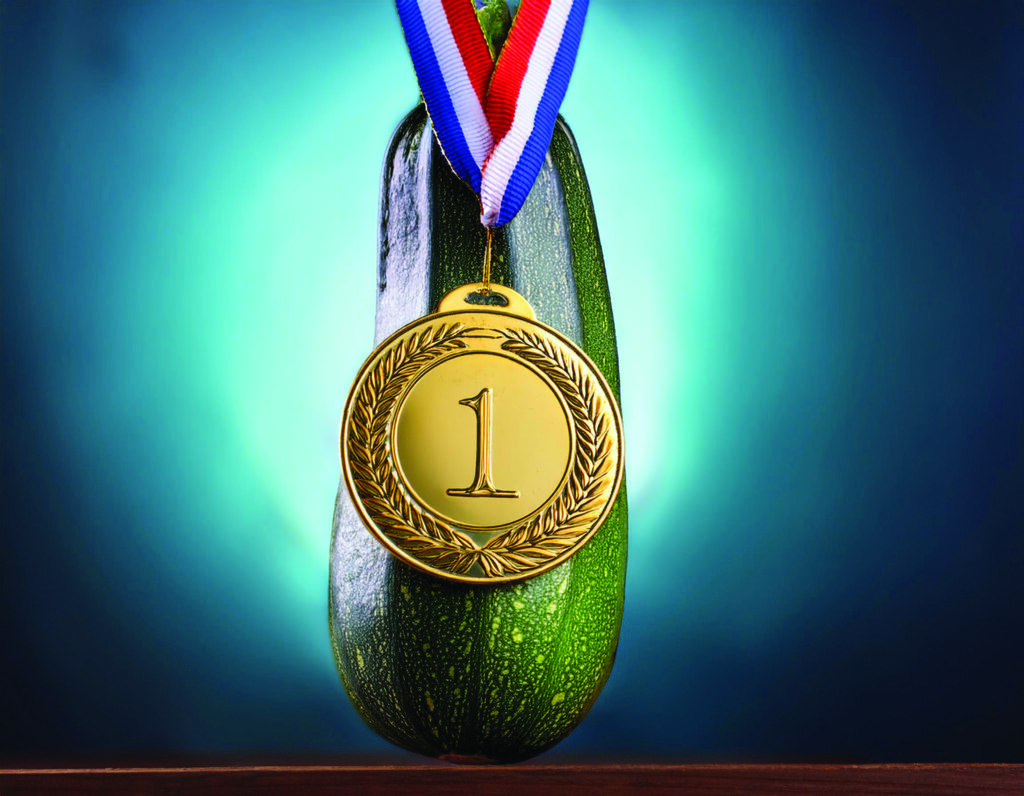
It is Good for You!
Like all fruits and vegetables, courgette is low in sodium, calories and fats and it contains a lot of dietary fibre. A zucchini contains more potassium than a banana. In addition, courgette is especially good for you because it is a good source of vitamin C, which is good for your skin, bones and blood. It is also a good source of vitamin B6, which allows the body to use and store energy from protein and carbohydrates in food. On top of all this, courgettes contain antioxidants like lutein and zeaxanthin, which help protect your cells from damage. All in all, it is safe to say that courgettes offer more than just nutritional benefits — they can positively impact digestion, heart health, and blood sugar control


